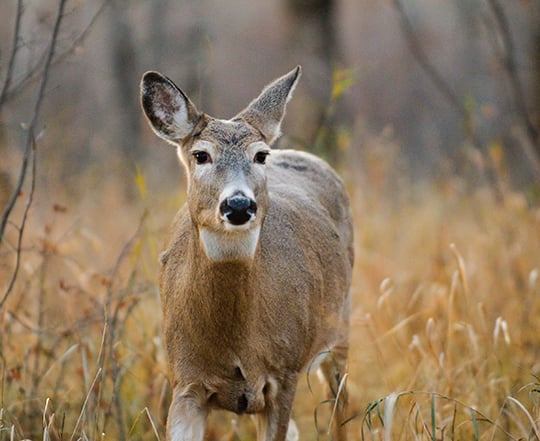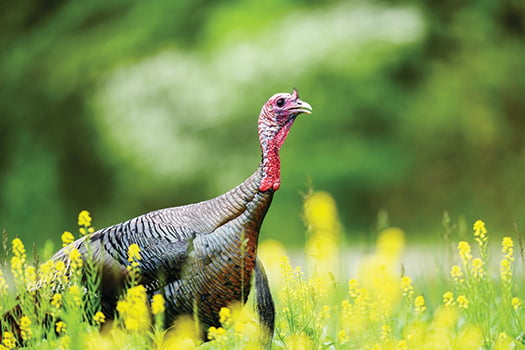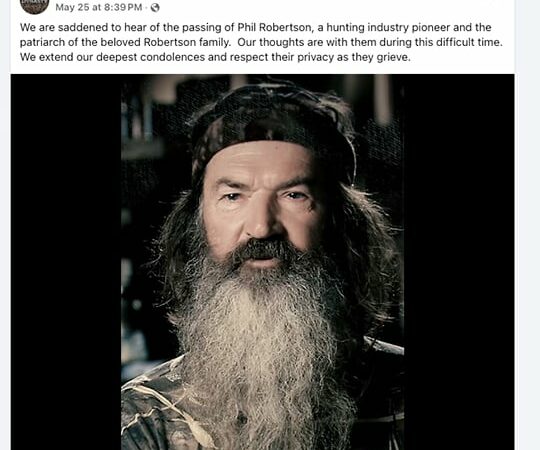Wisconsin DNR confirms CWD in wild deer for the first time in Menominee County – Outdoor News

MADISON, Wis. – The Wisconsin Department of Natural Resources (DNR) confirmed the first positive test result for chronic wasting disease (CWD) in a wild deer in Menominee County.
The deer was a hunter-harvested 2-year-old buck and is the first confirmed wild CWD-positive deer detected in Menominee County. The deer was harvested within 10 miles of the Oconto and Shawano County borders.
This detection will cause the following:
- The existing baiting and feeding ban for Menominee County, which was initially implemented in response to a CWD detection within 10 miles of the county, will start over and last three years.
- Oconto and Shawano counties currently have three-year baiting and feeding bans in place from positive CWD detections within those counties. This detection will not impact those bans.
MORE COVERAGE FROM WISCONSIN OUTDOOR NEWS:
Deer Management Assistance Program 2.0 offers new benefits — plus fees — for Wisconsin landowners
Five cow elk tags in play for Jackson Co. for Wisconsin’s 2025 hunt
Crane hunt in Wisconsin? Committee gives green light as process takes another step forward
Menominee County’s boundaries are the same as the boundaries of the Menominee Indian Reservation. Current tribal regulations ban the baiting of deer on the reservation, and the Tribe has indicated that the ban will remain in effect.
CWD is a fatal, infectious nervous system disease of deer, moose, elk and reindeer/caribou. It belongs to the family of diseases known as transmissible spongiform encephalopathies (TSEs) or prion diseases. The DNR began monitoring the state’s wild white-tailed deer population for CWD in 1999. The first positives were found in 2002.
State law requires that the DNR enact a three-year baiting and feeding ban in counties where CWD has been detected and a two-year ban in adjoining counties within 10 miles of a CWD detection. The state’s baiting and feeding ban in Menominee County applies to non-tribal members within the county. If additional CWD cases are found during the lifetime of a baiting and feeding ban, the ban will renew for an additional two or three years.
Baiting or feeding deer encourages them to congregate unnaturally around a shared food source where infected deer can spread CWD through direct contact with healthy deer or indirectly by leaving behind infectious prions in their saliva, blood, feces and urine.
More information regarding baiting and feeding regulations is available on the DNR’s Baiting and Feeding webpage.
More general information about CWD can be found on the DNR’s CWD webpage.






